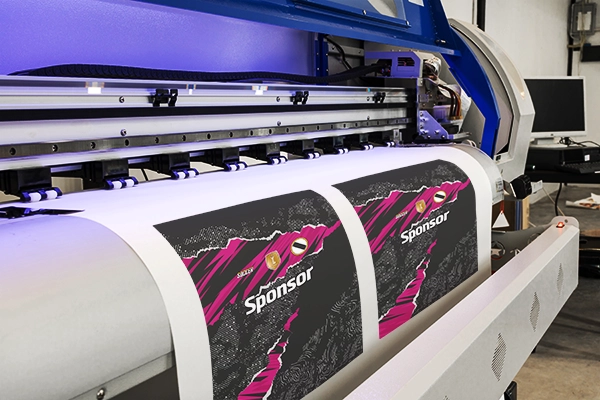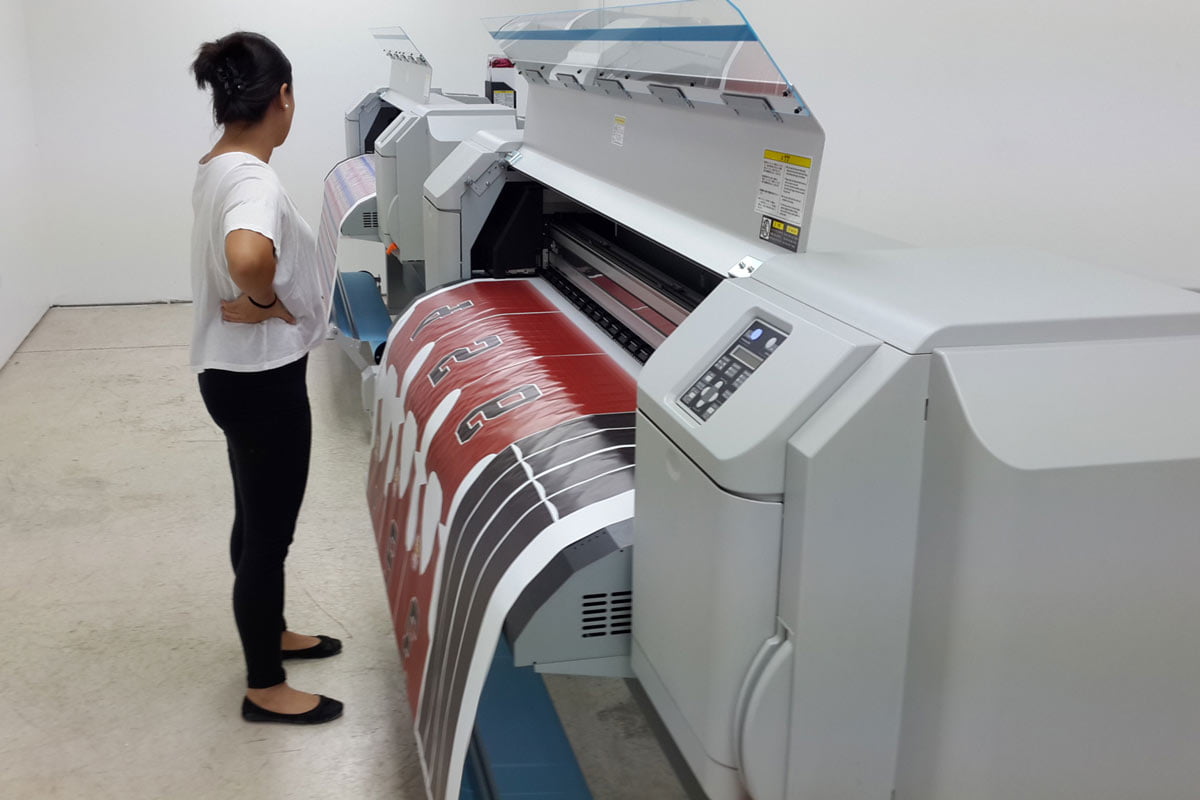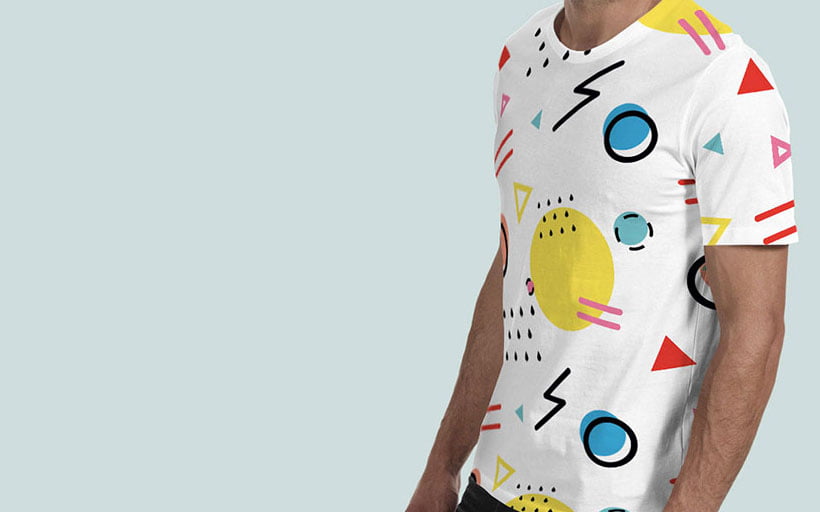Screen Printing Strategies: Understanding the Art for Branded Clothing
Screen Printing Strategies: Understanding the Art for Branded Clothing
Blog Article
Advancements in DTF Printing: Exactly How It's Revolutionizing the Industry
The textile printing industry is going through a significant change, driven by the advanced innovations in Direct-to-Film (DTF) modern technology. These innovations are not just boosting print top quality and convenience however likewise simplifying the whole printing process. With remarkable ink formulations, improved film and glue innovations, and the combination of automation, DTF printing uses vivid, resilient prints on a range of fabrics, satisfying the boosting need for customization. As businesses seek more ecologically pleasant and efficient services, the effects of these developments call for a closer examination into just how they are forming the future of textile printing.
Developments in DTF Modern Technology
Advancing swiftly, DTF (Direct-to-Film) printing technology has actually undergone considerable improvements that are reinventing the textile sector. Modern DTF printers utilize sophisticated ink formulations that result in lively, durable prints with high resolution and shade precision.

Additionally, innovations in film and glue innovations have actually boosted the general application procedure. New films offer better flexibility and adhesion, improving the durability and washability of the printed layouts - sublimation printing. This makes certain that the prints keep their honesty and vibrancy also after several laundries
Lastly, environmental factors to consider have actually motivated the growth of eco-friendly DTF options. Makers are increasingly adopting lasting practices, such as making use of water-based inks and recyclable films, lining up with international efforts to minimize the sector's environmental footprint.
Benefits Over Typical Approaches
When comparing DTF printing to conventional methods such as display printing and direct-to-garment (DTG) printing, a number of distinct benefits emerge. DTF printing. Among the most substantial benefits is its versatility in textile compatibility. Unlike screen printing, which frequently calls for certain fabric kinds, DTF printing can be related to a broader range of materials, consisting of cotton, polyester, and blends, without jeopardizing print quality
An additional significant advantage is cost-effectiveness, especially for small to medium-sized orders. Standard screen printing ends up being economically feasible only at higher volumes because of the setup expenses entailed. On the other hand, DTF printing gets rid of these arrangement costs, making it extra inexpensive for smaller sized batches and one-off styles.
Furthermore, DTF printing stands out in longevity and washability. Additionally, DTF printing provides faster turn-around times.

Improved Style Capabilities
DTF printing uses enhanced style capacities that set it apart from standard printing techniques. This technology enables a broader spectrum of dynamic shades, elaborate details, and nuanced slopes, supplying developers with extraordinary flexibility. The procedure includes publishing a layout onto a special film, which is then moved to material. This permits high-resolution prints that maintain clarity and sharpness, also on facility patterns and small text.
In addition, DTF printing sustains a broad range of materials, including cotton, polyester, blends, and even non-textile substratums. This versatility opens up doors for creative applications in diverse industries such as style, home style, and advertising products. Unlike screen printing, which can be restricting due to shade separation and stencil production, DTF printing simplifies the process, making multi-color and photo-realistic styles extra accessible.
Furthermore, DTF printing stands out in accomplishing regular color precision and vibrancy. This is vital for brand uniformity and meeting customer assumptions. The technology additionally sustains special results, such as glow-in-the-dark components and metal coatings, even more broadening artistic possibilities. Essentially, DTF printing equips designers to push the borders of creativity, supplying aesthetically sensational outcomes that were previously unattainable.
Expense and Time Effectiveness
One of the significant benefits of DTF printing exists in its expense and time efficiency, making it a recommended option for many organizations. Unlike conventional techniques that require considerable investment in displays and configuration times, DTF printing allows for direct application onto numerous materials with very little preparation.
Moreover, Read Full Report DTF printing succeeds in creating brief runs and customized orders cost-effectively. The capability to produce high-quality prints without the need for large volume commitments decreases waste and maximizes resource allowance. This versatility is particularly beneficial for small services and start-ups that may not have the funding to purchase large-scale production runs.
In regards to operational performance, DTF printing's streamlined workflow improves total efficiency. The modern technology's compatibility with a large range of materials and substratums further expands its application extent, decreasing the demand for multiple printing systems. Services can achieve a much faster turnaround time, enhancing customer contentment and competitiveness in the market. Hence, DTF printing stands apart as a transformative service in the printing industry.
Future Trends in DTF Printing
Preparing for future fads in DTF printing reveals a landscape marked by rapid technological developments and boosted market need (screen printing). One substantial trend is the integration of synthetic intelligence (AI) and maker discovering formulas to enhance print high quality and enhance procedures. AI-driven systems can anticipate prospective problems and readjust setups in real-time, ensuring regularly high-grade output
Additionally, advancements in eco-friendly inks and sustainable materials are anticipated to get grip. As ecological problems become a lot more important, the sector is most likely to see a shift in the direction of biodegradable and non-toxic inks, minimizing its eco-friendly footprint.
Personalization and personalization will likewise play an essential function. With the growing customer need for distinct, customized products, DTF printing technologies are progressing to offer even more complex and comprehensive customization alternatives. This pattern is sustained by improved software options that allow for even more complex and imaginative designs.
Last but not least, the combination of DTF printing with website link other digital platforms and ecommerce solutions will certainly become a lot more seamless. This connection will make it possible for services to offer on-demand printing services directly to customers, additionally driving growth in the market. These fads jointly highlight a future where DTF printing not just meets however goes beyond the developing requirements of the marketplace.
Conclusion

When contrasting DTF printing to conventional approaches such as screen printing and direct-to-garment (DTG) printing, numerous distinct benefits emerge. Unlike display printing, which usually requires certain fabric kinds, DTF printing can be applied to a wider range of products, including cotton, polyester, and blends, without compromising print high quality.
DTF printing offers improved layout capabilities that establish it apart from typical printing methods. Therefore, DTF printing stands out as a transformative remedy in the printing industry.
Advancements in DTF printing significantly improve the fabric printing industry by offering remarkable print performance, quality, and adaptability.
Report this page